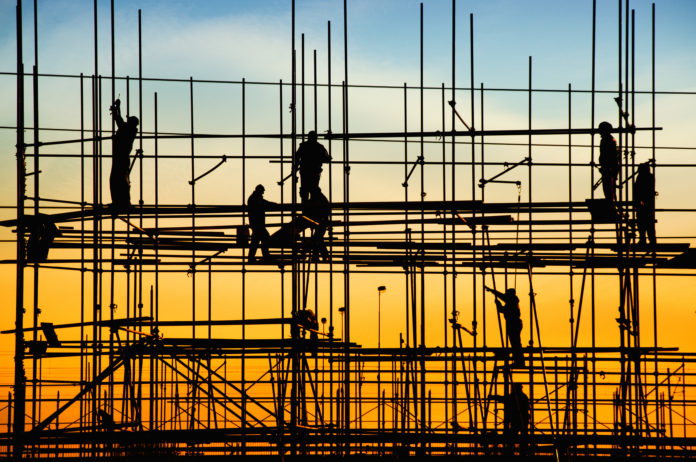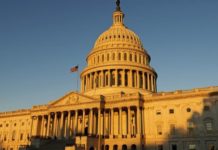
President Biden’s ambitious policy agenda continues with a large $2 trillion infrastructure plan which not only plans to rebuild the nation’s infrastructure but, at the same time, reshapes the economy with increases in business taxes to offset a large part of the spending. No doubt, over the coming weeks, there will be increased discussion about various items outlined in the plan. Given its immense size, there will be plenty to keep policy wonks busy. But sometimes it is important to take a step back and ask a few basic questions.
The simplest question is what is the motivation for the plan? Do we need a large infrastructure investment? The answer is a quick yes. You do not need the American Society of Civil Engineers to tell you that the overall grade for U.S. infrastructure 2021 is a C-. Each of us has experienced the state of American roads while driving (grade of D) and dropped/interrupted zoom calls while teaching, attending class, or conducting business meetings. The COVID-19 pandemic has shown us, for example, how broadband has become a vital part of the economy, with a role not only in business but also in education and everyday life. But unfortunately, we also learned that “an estimated one in five school-aged children lacked the high-speed internet connection needed to access lessons and other materials.” So, there is no surprise that infrastructure is a policy both sides of the aisle can agree on.
The second question is how to prioritize the types of investment, given the limited resources available and the growing national debt? Here is where Biden and his team will likely begin losing Republican support, as well as the support of some centrist democrats. The administration’s wish list starts with traditional infrastructure investments such as roads, broadband and utility systems but continues with a number of proposals more in line with the social policies advocated for by the progressive wing of the party, including policies to fight climate change and income inequality. During this process, we will see whether a grand plan or a more targeted easy-to-digest plan will politically prevail in the end.
The last, but most important, question is how to pay for all of this? According to the outline of the administration’s plan, the majority of the funds will be provided by an increase in corporate taxes, including a higher (28 percent) corporate tax rate, a global minimum tax, and targeted tax increases for the fossil fuel industry accomplished by removing so called “subsidies, loopholes and special foreign tax credits.”
Politically it is probably more palatable to suggest tax increases on faceless and “evil” multinationals, but when ranked by their negative impacts on economic growth corporate taxes have a more adverse impact than taxes on personal income or consumption. Furthermore, the majority of C-Corps are actually small businesses who were hard hit and are, and will be recovering for years from the devastating impact of the pandemic. It is also important to remember the basic economic principle of tax incidence: who really bears the burden of these taxes. Depending on the type of corporate tax increase, the burden could shift from capital to labor through lower wages and compensation.
But maybe this grand infrastructure plan is an opportunity to begin having a fundamental discussion about tax policy in this country. With increasing demands and changing priorities, we need to put all tax options on the table, not just taxing rich people or big businesses. If the goal is to encourage investment to grow the economy, we should choose a structure that relies more on taxes on consumption, such as the value added tax which is used by more than 160 countries. If we want to address climate change, we should choose a targeted tax, such as a carbon tax that levels the playing field among all actors, rather than picking the winners and losers. We should also begin relying more on user fees to finance at least part of our infrastructure investment. It is true that all these policies have regressive features that could go against current policy goals, but all can be adjusted to help low and middle income individuals. These could make some conservatives uncomfortable, but good and lasting policies are often the result of uncomfortable discussions.
Yes, this country needs a good infrastructure plan and yes we need to pay for it. But this time, let’s work in a bipartisan manner to make sure that good economics prevail over bad politics.
Pinar Çebi Wilber is executive vice president and chief economist of the American Council for Capital Formation






